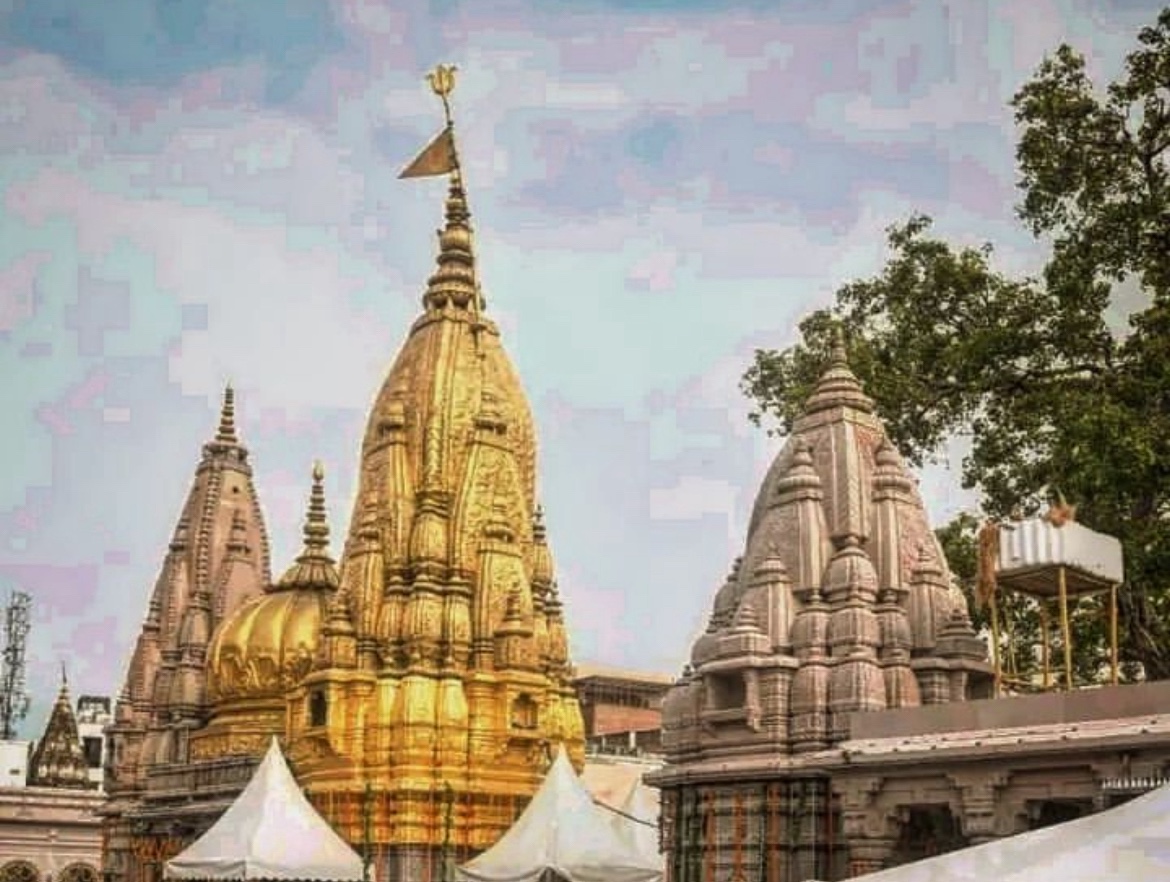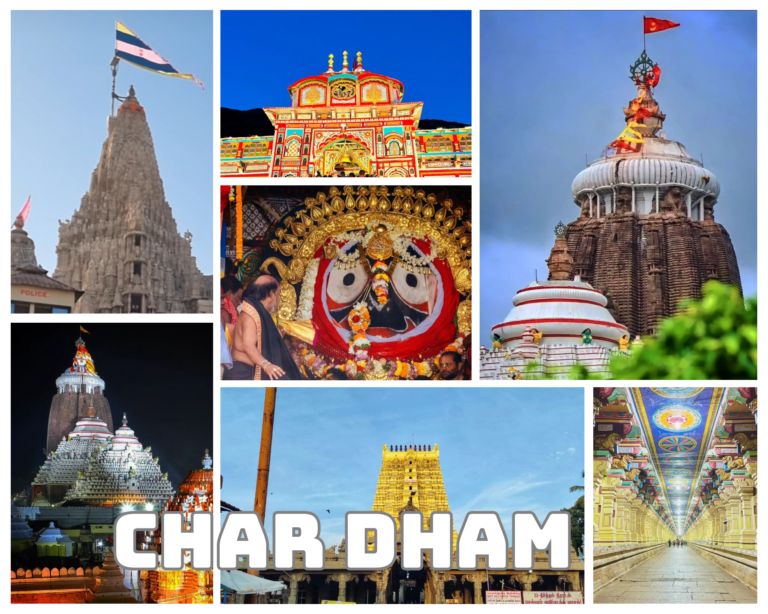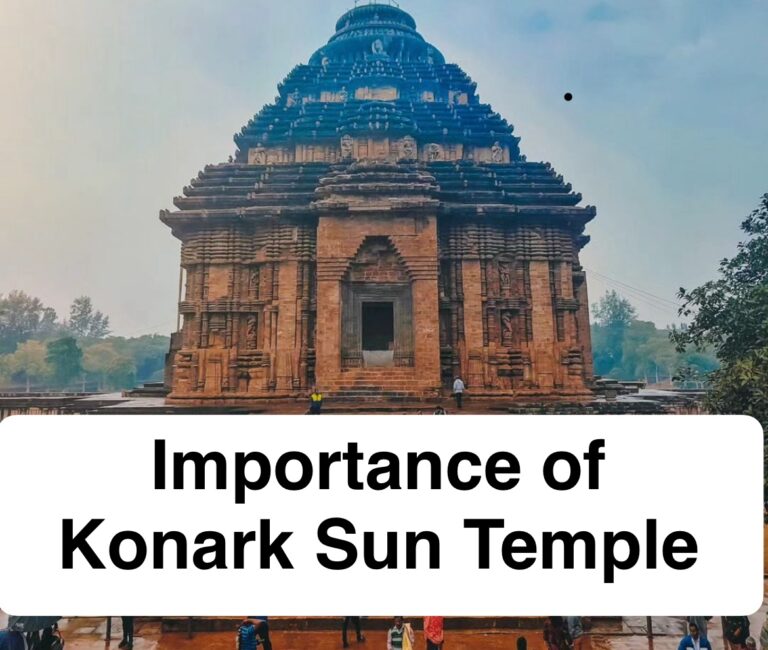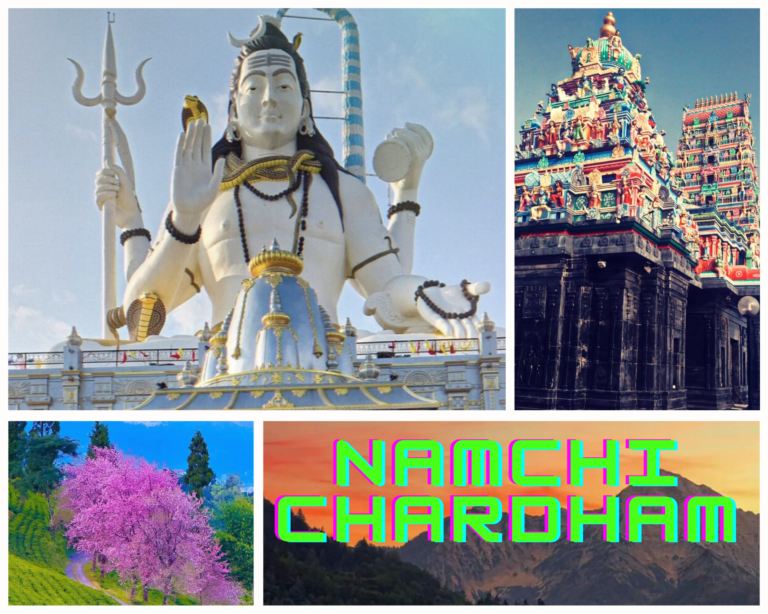Kashi Vishwanath Temple History and significance
The Kashi Vishwanath Temple in Varanasi, Uttar Pradesh, India, dedicated to Lord Shiva, is a Hindu pilgrimage site. As one of the twelve Jyotirlinga shrines, it attracts devotees worldwide. With its spiritual significance and architectural beauty, the temple stands as a significant and guiding symbol for spiritual devotion.of faith, drawing seekers into a divine realm.

Kashi Vishwanath Temple History
Kashi Vishwanath Temple: traditional story of Jyotirlingas
Myth has it that after marrying Goddess Parvati, Lord Shiva made Mount Kailash his home. However, feeling uneasy at her father’s house, Goddess Parvati expressed her desire for a new home. Responding to her request, Lord Shiva brought her to Kashi (Varanasi). Here, he established the Vishwanath Jyotirlinga, a luminous symbol of divine energy.

This sacred act symbolizes the divine union and the presence of cosmic energy at the heart of Varanasi.Kashi Vishwanath Temple stands as a testament to this mythic tale, attracting pilgrims seeking the divine blessings of Lord Shiva.
The Jyotirlinga represents the eternal light of Shiva and the sacred bond between the divine couple. Pilgrims believe that a visit to this temple brings spiritual fulfillment and divine grace, making it a revered destination in Hindu mythology and a significant site for seekers of spiritual enlightenment.
Timeline of Kashi Vishwanath Temple
The actual details regarding the original construction of the Kashi Vishwanath Temple remain unknown but in Skand Purana and Brahmavaivarta Purana have sections, ‘Kashi Khanda’ and ‘Kashi Rahasya,’ dedicated to Varanasi. According to Kashi Khanda, there were 1099 temples, with 513 devoted to lord Shiva. Vishvanath Temple, once called Moksha Lakshmi Vilas, had five mandapas. The main shrine held the Vishwanath lingam, while the others were Jnana, Ranga, Aishvarya, and Mukti mandapas.
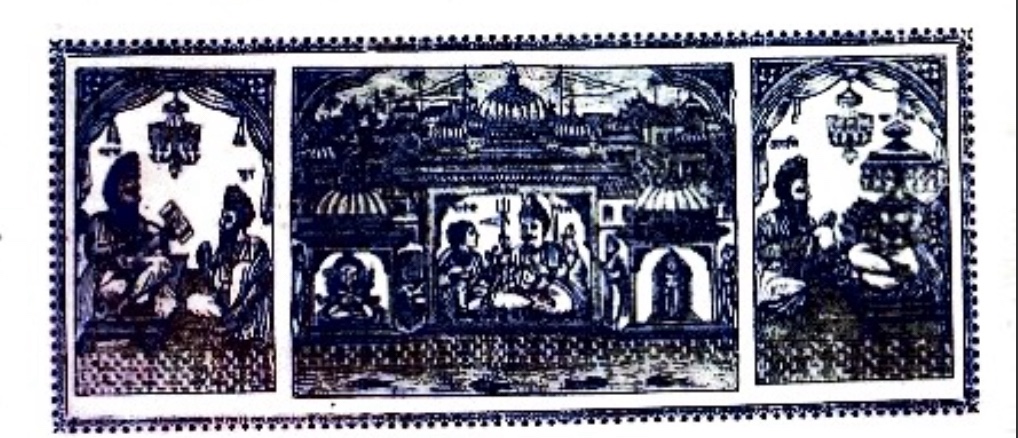
According to old stories, people say that King Vikramaditya built the Kashi Vishwanath Temple about 2500 years ago, and some changes were made to it in the 11th century. Although these tales are well known in our culture, there isn’t much solid proof to confirm these specific timelines. The temple’s history involves various rebuilds, emphasizing its lasting importance and ongoing spiritual significance.
In the 11th century, King Harichandra is said to have rebuilt the original Kashi Temple while making Benares the capital city.
1st destruction of Kashi Vishwanath Temple
In 1194 CE, during the time of Muslim ruler Qutubuddin Aibak, by defeating Raja of Kannauj. Benares faced an unfortunate event where many Hindu temples, including the Kashi Vishwanath, were destroyed.

1st time Reconstruction of Kashi Vishwanath Temple
However, under Iltutmish’s rule, Hindu merchants managed to secure permission to build a new temple after offering bribes to Muslim officials.

2nd time destruction of Kashi Vishwanath Temple
A second setback occurred in the mid-15th century when Mahmud Sharqi or Sikandar Lodhi demolished the temple along with others.
2nd time Reconstruction of Kashi Vishwanath Temple
The temple saw a renewed construction in 1585, supported by Akbar, a Mughal emperor known for his inclusive policies, backed by Todarmal, a prominent Hindu figure serving as his finance minister.
In the era of Jahangir, it is believed that Vir Singh Deo played a role in either restoring or completing the construction of the Kashi Vishwanath Temple.
3rd time destruction of Kashi Vishwanath Temple
The temple faced another challenge in 1699 when Aurangzeb ordered its demolition. Aurangzeb held a belief that Hindu teachings were against his principles, leading to the destruction of the Kashi Vishwanath Temple.
On the site, he built the Gyanvapi Mosque, marking a complex chapter in the temple’s history where periods of destruction were followed by moments of reconstruction.
The remnants of the former temple are observable in the mosque’s foundation, columns, and the rear section.

3rd time Reconstruction of Kashi Vishwanath temple
Back in 1742, Malhar Rao Holkar wanted to replace a mosque with the Vishweshwar temple, but the Nawab of Awadh stepped in, preventing the plan from happening.
Around 1750, the Maharaja of Jaipur tried to buy land to rebuild the Kashi Vishwanath temple, but that didn’t work out.
Finally, in 1780, Ahilyabai Holkar, Malhar Rao’s daughter-in-law, successfully built the temple next to the mosque.
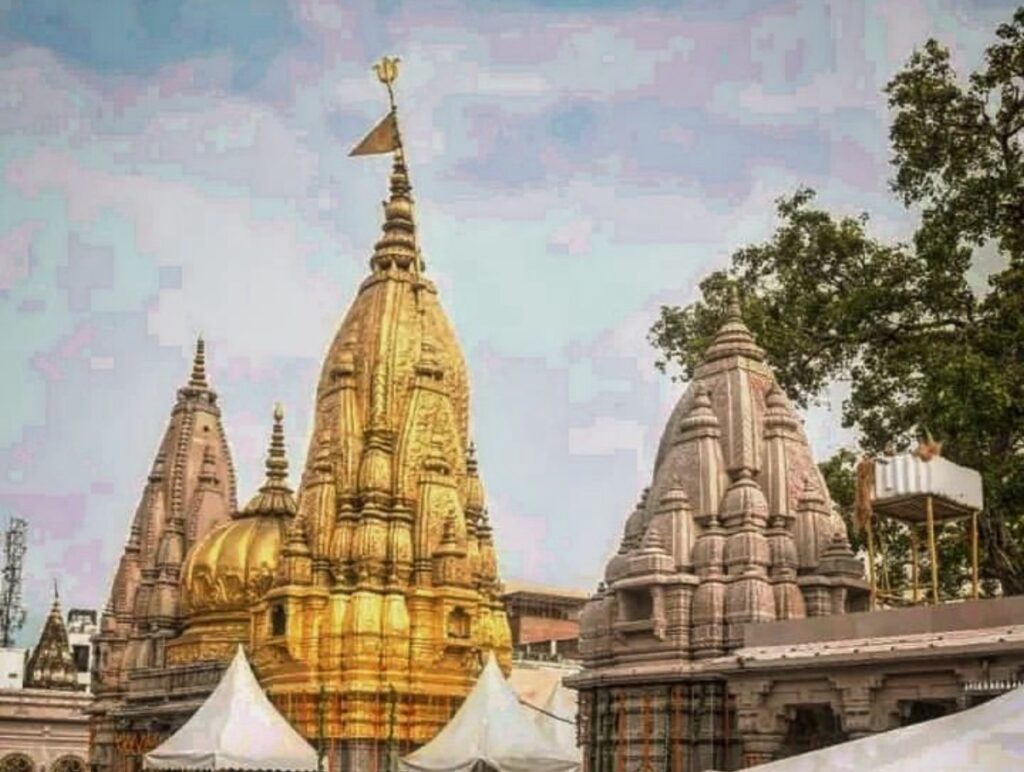
Driven by her deep devotion to Lord Shiva and the significance of the sacred site, Ahilyabai overcame challenges and successfully realized the reconstruction of the temple. Her determination and commitment to preserving cultural and religious heritage made a lasting impact, and the Kashi Vishwanath temple stands today as a testament to her efforts.
In 1828, Baiza Bai, the widow of Maratha ruler Daulat Rao Scindhia of Gwalior State, constructed a low-roofed area with over 40 pillars in the Gyan Vapi precinct.
Between 1833 and 1840, the boundaries of Gyanvapi Well, along with the ghats and nearby temples, were built. Generous contributions from noble families across the Indian subcontinent supported the temple’s operations.
In 1835, Maharaja Ranjit Singh of the Sikh Empire, encouraged by his wife Datar Kaur, donated a tonne of gold to plate the temple’s dome.
In 1841, Raghuji Bhonsle III of Nagpur donated silver to the temple. Additionally, a 7-foot high stone statue of the Nandi bull, a gift from the Rana of Nepal in the 1860s, is situated east of the colonnade. These contributions from various regions and leaders highlight the widespread support and reverence for the temple, enriching its history and significance.

Kashi Vishwanath Temple: A Key Element in the 1984 Hindu Religious Gathering
In 1984, Hindu leaders came together in New Delhi for a significant religious gathering. 558 Hindu leaders made a nationwide resolution, expressing their claim to three vital shrines: Ayodhya (Ram’s birthplace), Mathura (Krishna’s birthplace), and Varanasi (home to the Kashi Vishwanath temple). As the 1980s and early 1990s unfolded, the Babri Masjid-Ayodhya dispute emerged as the initial highly politicized aspect of this movement.
“The 1991 Places of Worship Act and the Unresolved Kashi Vishwanath Temple Issue”
In 1991, Prime Minister P.V. Narasimha Rao and the Union Government closely watched the escalating Babri Masjid-Ayodhya dispute. On September 12th, 1991, the Rajya Sabha approved the Places of Worship (Special Provisions) Act, preventing the alteration of worship places since August 15th, 1947. Notably, this law exempted the Ayodhya issue. The Bharatiya Janata Party, central in the dispute, opposed the act but welcomed the Ayodhya exception. They sought a similar extension for the Krishna Janmabhoomi in Mathura and Kashi Vishwanath in Varanasi, which was not granted. After the Babri Masjid demolition in 1992, a slogan emerged among Hindu groups, shaping the 2022 conflict: “Ayodhya toh bas jhaanki hai, Kashi, Mathura baaki hai”
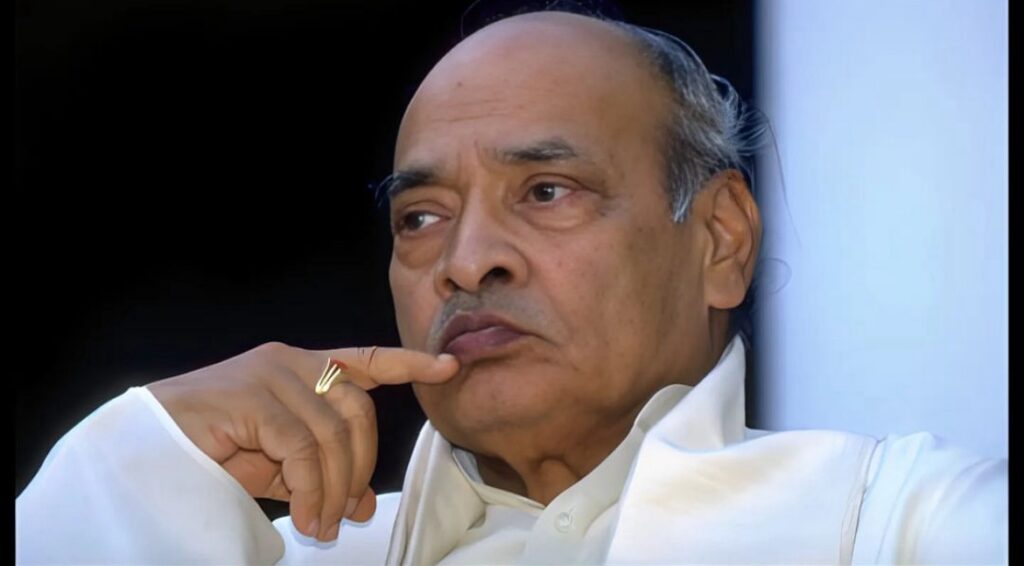
Gyanvapi Dispute went to the Courts
In 1991, the legal journey of the Gyanvapi mosque’s origins began when Varanasi priests filed a petition, asking for access to pray inside. They claimed the mosque was constructed on the original Kashi Vishwanath temple site and sought to transfer the land to Hindus. The mosque Management Committee’s objection, citing a violation of the 1991 Act, was rejected by the lower court in 1998. It then went to the Allahabad High Court, which paused the proceedings in the same year. The issue remained inactive until the resolution of the Ayodhya Title Dispute in 2019.
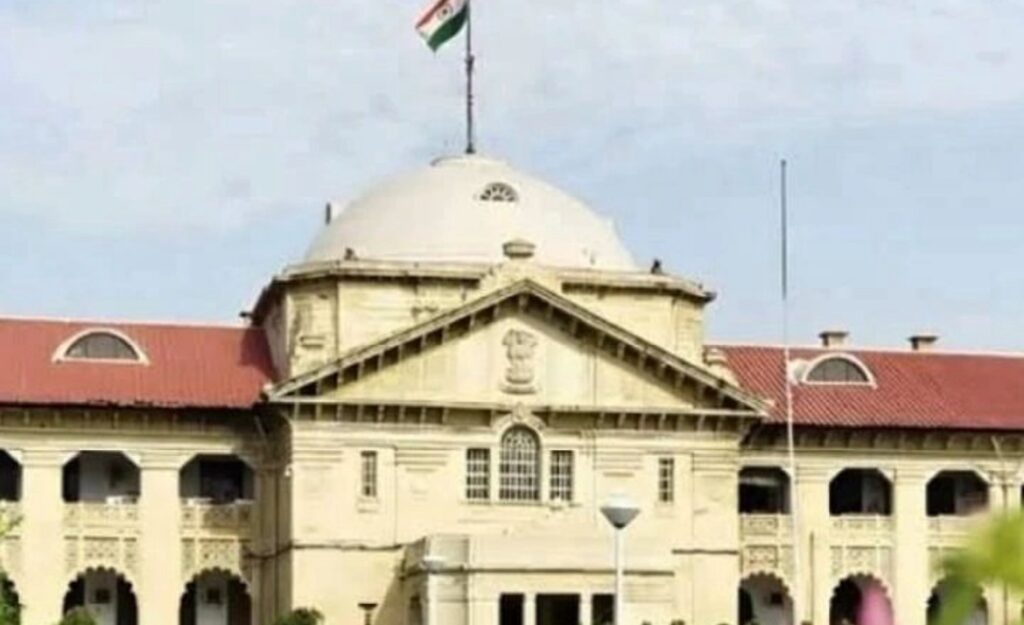
Application Lodged in Varanasi Civil Court for Gyanvapi Inspection
In December 2019, a month after the Ayodhya verdict, a new plea was filed in Varanasi asking for a closer look into the Gyanvapi mosque’s history. The petitioner, representing the deity at Kashi Vishwanath, sought an archaeological assessment. In 2020, those from the 1991 case revisited the Civil Court in Varanasi, but the Allahabad High Court halted the proceedings in February, reserving judgment in March. In April 2021, despite the stay, a Varanasi Civil Court reopened the case, ordering an Archaeological Survey of India investigation. The mosque’s Management Committee went to the Allahabad High Court, which again paused the case on September 9th, 2021, criticizing the Civil Court for continuing despite the High Court reserving judgment.
Supreme Court Faces Writ Petition Contesting Legitimacy of 1991 Act Regarding Gyanvapi
In October 2020, Advocate Ashwini Kumar Upadhyay challenged the constitutionality of key sections (2, 3, and 4) of the 1991 Places of Worship Act at the Supreme Court. These sections define the Act, criminalize changing the religious character of a place of worship, and establish a cut-off date of August 15th, 1947. The Act prohibits Courts from reviewing changes in a place of worship’s character post this date. Upadhyay argues that this Act hinders judicial review, a fundamental aspect of the Constitution, and goes against secular principles. He contends that the cut-off date unfairly affects Hindus, Sikhs, Buddhists, and Jains, preventing them from restoring places of worship destroyed during pre-independence periods.

The petition also asserts that mosques built on destroyed temples are not valid under Muslim personal law, implying that these temples are still legally recognized. Former Chief Justice Sharad Bobde issued notice on the matter, but it is still pending before the Court.
Disputes Over Gyanvapi Mosque Survey Escalate to Supreme Court
On May 13th 2023 , the mosque’s Management Committee raised concerns about a videographic survey in front of the Supreme Court, seeking a pause in the Varanasi Civil Court proceedings. Senior Advocate Huzefa Ahmadi, representing the committee, argued that the survey goes against Section 4 of the Places of Worship Act, which prohibits altering a place of worship’s religious character after August 15th, 1947. The Supreme Court didn’t halt the survey but agreed to review the case led by Justice D.Y. Chandrachud the next week, known for his role in the Ayodhya Title Dispute.
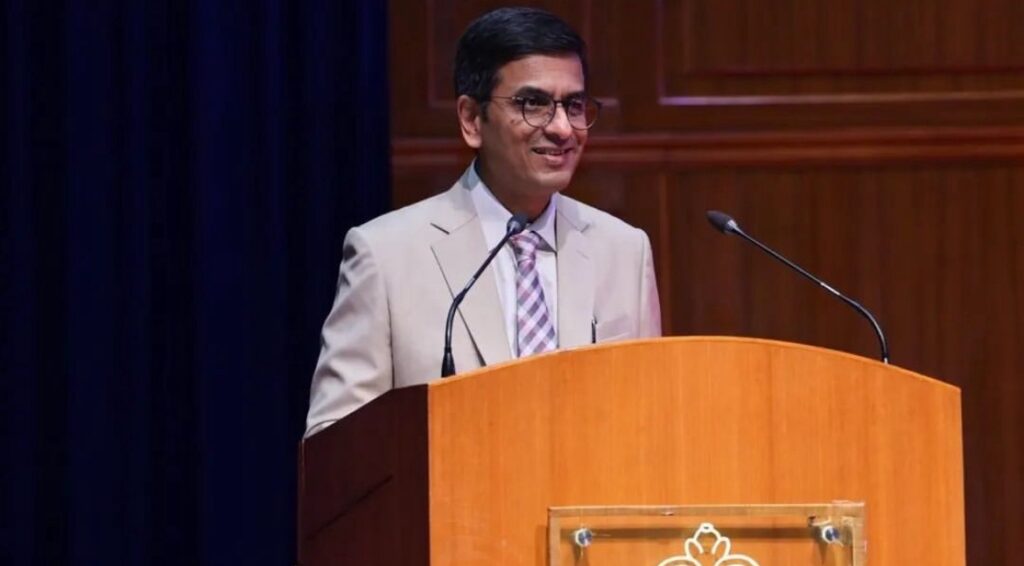
On May 16th, before the Supreme Court hearings or the survey’s report, the Varanasi Civil Court instructed the District Magistrate to seal an area within the mosque where a shiv lingam was allegedly discovered. This led to restrictions on Namaz at the mosque to safeguard the shiv lingam. Later, the Management Committee claimed it was a fountain, contradicting the initial finding.
Conclusion
The Kashi Vishwanath Temple is intricately woven into the tapestry of India’s culture and spirituality, holding centuries of profound significance. Throughout its existence, the temple has faced both historical and modern challenges, navigating legal controversies and preservation concerns. Ongoing discussions highlight the nuanced interplay between religious beliefs, legal structures, and the crucial imperative of fostering communal harmony. Beyond being a sacred site, the Kashi Vishwanath Temple serves as a poignant symbol, reflecting the intricate dynamics between tradition, governance, and the ever-evolving nature of a diverse society.
